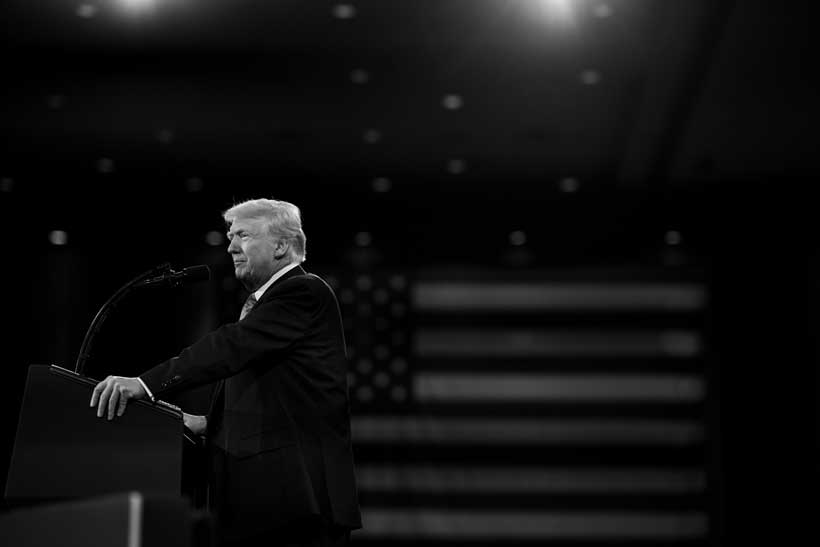The bombing of Iran’s nuclear facilities using advanced bombers and massive ordnance marked a turning point in Donald Trump’s presidency, a man who came to power vowing to end “endless wars” and to withdraw the U.S. from its role as global policeman. With the announcement of a ceasefire between Iran, Israel, and the U.S. in June 2025, brokered by Oman under heavy international pressure, serious questions have emerged: Was the attack a tactical show of force meant to drag Iran back to the negotiating table, or a step toward broader conflict? Is Trump seeking lasting peace, or is he tempted by the drama of a military triumph? And can he leverage this fragile truce to return to diplomacy, or will he stay the course of escalation?
Trump entered the White House in 2016 by sharply criticizing the Iraq War and the massive costs of U.S. military involvement in the Middle East. He even justified the 2020 assassination of Qassem Soleimani as a measure to prevent war. At the time, he passionately declared, “We are no longer the world’s policeman.” But the June 2025 bombing campaign, nicknamed “Operation Midnight Hammer”, reflected a clear shift in his approach. The operation, which targeted Iran’s Natanz, Isfahan, and Fordow sites, reportedly caused serious damage to the country’s nuclear program, according to U.S. sources. However, it was launched without congressional approval or broad international support.
Analysts believe several factors drove this decision: the perceived weakening of Iran following the depletion of its proxy forces in Syria and Lebanon; Israeli Prime Minister Benjamin Netanyahu’s push for U.S. military involvement against Tehran; and Trump’s need for a symbolic military “win” to bolster his domestic position amid growing anti-immigration protests and waning support among younger Republicans.
Yet, the ceasefire announced on June 24, 2025, facilitated by Oman and quietly backed by European powers and China, signaled that Trump may still be looking to contain the conflict. Reactions to the attack and subsequent truce have revealed deep divisions among Trump’s base and the international community. Steve Bannon, a staunch Trump ally, criticized the move as a betrayal of his anti-war promises, saying it was exactly what Trump had pledged never to do. Conservative figure Charlie Kirk warned that such conflicts could quickly spiral out of control. On social media, Trump supporters voiced concern about military spending and the potential for a drawn-out entanglement. Far-right commentator Jack Posobiec stressed that young Republicans prioritize fixing America’s domestic problems, like the economic crisis and social instability, over military adventures in the Middle East.
Global reactions were even harsher. The Organization of Islamic Cooperation condemned the strike as a violation of international law. The International Atomic Energy Agency warned that attacks on nuclear sites could have catastrophic environmental and humanitarian consequences.
The greater danger still looms. Bombing a country, without a ground invasion, rarely leads to peace. Iran, with its large population, complex military structure, and advanced missile and cyber capabilities, is not Iraq or Libya. A single miscalculation could unravel the ceasefire and plunge the region into deeper instability. If Iran retaliates, whether through asymmetric warfare or pressure on U.S. allies, the risk of escalation is high.
Trump still has the chance to change course. He could frame the strike as a final warning and use the ceasefire as a springboard back into diplomacy. A narrative like “We’ve shown our strength, now it’s time for peace” might resonate both domestically and abroad. But if he continues down the path of pressure, broadening the mission from containing Iran’s nuclear program to altering its behavior—or even regime change, he risks falling into the very trap he once called “the stupid wars of the Middle East.”
The success of the ceasefire and a return to diplomacy could solidify Trump’s legacy as a peacemaker. Its failure, however, may seal the end of his political career.

